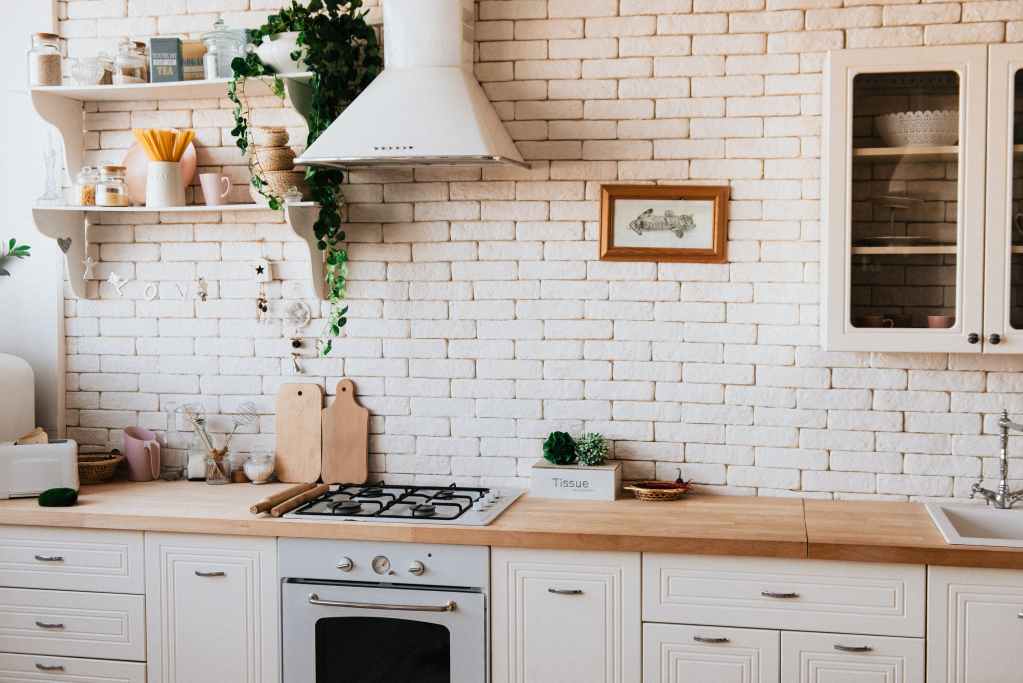
When people clean their homes, they tend to focus on places that are obvious, such as kitchen counters, cabinet doors, the toilet, and the shower, while completely overlooking other areas. That can allow dirt, dust, bacteria, and other contaminants to gradually accumulate, which can create health and safety risks.
Dust and other allergens can affect your family’s health
Allergens in your home can cause respiratory problems in people of all ages. According to Dr. Ricardo Tan of California Allergy and Asthma Medical Group, a past president of the Los Angeles Society of Allergy, Asthma and Clinical Immunology, “Allergens such as dust mites, pollen, and animal dander are the primary triggers of allergies and asthma. Irritants such as smoke, dust particles, and pollution can also aggravate symptoms.”
Children may be impacted more than adults, according to Dr. Tan. “Exposure to allergens ha[s] a greater impact on children because their immune systems are still developing. A child who is constantly exposed to allergens may develop more severe asthma, for example.”
A significant percentage of the patients Dr. Tan sees in his practice have symptoms that can be linked to conditions at home. “…indoor allergens such as dust mites, molds, and animal dander are responsible in about 30% of patients,” Dr. Tan noted. “Increase or appearance of symptoms inside the house compared to the outside is always the first indication.”
Forgetting to clean certain areas can create a fire hazard
You probably know that you should clean the lint trap in the dryer after each load of laundry, but even if you do, some lint can get past the lint trap and make its way into the ductwork. If that happens, you may have to run the dryer more than once to get laundry dry, which can use more energy and raise your electricity bills. The dryer may need to be repaired, which can be expensive.
A clogged dryer vent can also create a fire hazard. Although it’s recommended that homeowners have their dryer vent cleaned every six months to a year based on use, Chris Luisi, office manager at Better Air, said, “I’ve spoken to people who haven’t had a full cleaning in over 15 years.”
“Homeowners can do it themselves to a degree, depending on the unit, but ideally, they would want a professional to clean it out to get it real clean,” Luisi said. He noted that a duct cleaning company has the proper tools to clean all the way through the vent.
 Are you getting your house truly clean?
Are you getting your house truly clean?
It’s common for people to focus on the mess that’s right in front of them and not to think about places that are out of view. Here are ways to give your home some extra TLC.
Don’t let dust build up
Dust can accumulate on the baseboards in your house. Bill Lacourciere, owner of Molly Maid of Farmington and Greater Hartford (Connecticut), said, “We do a lot of baseboards that are pretty thick with dust usually.” To clean baseboards, move any furniture out of the way, then wipe the baseboards with a microfiber cloth and a solution of dish soap and water.
Homeowners typically don’t give much thought to light fixtures when cleaning. Dust that accumulates on lights can reduce the amount of illumination in your home and can also impact indoor air quality. Wiping down light fixtures is a simple way to make your home both brighter and cleaner.
Remember to clean your HVAC ducts and filters
The air ducts in your home can accumulate dust, pollen, pet dander, and other allergens. To remove contaminants, unscrew the covers from the ducts, clean the covers with a brush or a damp cloth, and vacuum the area inside the vents.
HVAC filters can accumulate a surprising amount of dust and other allergens. That’s why they should be cleaned or replaced regularly. Manufacturers generally recommend completing that task once a month. If you don’t, your HVAC system will spread allergens throughout your house. That can lead to poor indoor air quality, which can affect your family’s health.
Also, dust that’s spread through the air will land somewhere, and you’ll have to dust and vacuum more frequently to remove it. That won’t address the source of the problem, however. Cleaning or replacing your HVAC filters on a regular basis will keep allergens from spreading.
Eliminate grease, grime, and bacteria from your kitchen
Homeowners often think they’re doing a good job of keeping their kitchen clean without realizing how many areas they’re missing altogether. Lacourciere said when members of his team clean homes for people who are moving in or out, they frequently discover that the insides of cabinets and refrigerators have been ignored.
At least twice a year, you should remove everything from your cabinets and wipe down the interiors to avoid attracting insects. That’s also a good opportunity to discard any food that has expired.
The hood and filter above the stove can accumulate an astonishing amount of grease, and many homeowners never think to clean there. You can soak a filter in a solution of hot water, baking soda, and degreasing soap for about 10 minutes, then scrub it with a brush and rinse.
Trash cans should be washed with soap and water on a regular basis. If you neglect this task, bacteria can multiply. Also, food can rot, which can produce a foul odor that can spread throughout your house.
When you use your dishwasher, pieces of food that are left behind can limit the dishwasher’s ability to do its job. In addition, bacteria and mold can accumulate inside the dishwasher. Remove leftover food after each use, clean the filter once a week, and use tablets to give your dishwasher a deep cleaning once a month.
Other areas that are frequently overlooked are behind and underneath the refrigerator. If you pull your fridge away from the wall, you may be surprised by the amount of dirt, dust, grease, and trash you’ll find.
Many people forget to clean the oven or dread the task and put it off as long as possible. If food and grease spill in the oven and don’t get cleaned up, they can burn the next time you cook food. That can produce smoke that can harm your lungs, and it can even lead to a fire.
Give the bathroom a deeper cleaning
Most homeowners are diligent about cleaning the toilet, shower, and sink but neglect other areas in the bathroom. Small crevices around the toilet can become contaminated with bacteria.
Calcium can build up on the shower head and reduce water pressure. Filling a plastic bag with a solution of 50% water and 50% white vinegar, holding it around the shower head with a rubber band, and letting it soak for an hour can loosen calcium deposits.
If you’re like most homeowners with tile floors or a tile shower, you rarely or never clean the grout. You can remove grime and hard water deposits by mixing ½ cup baking soda and ¼ cup hydrogen peroxide, then spraying it in the spaces between tiles.
Wipe down surfaces that everyone touches
It’s common for homeowners to forget to wipe down surfaces that family members touch several times per day, according to Lacourciere. Doorknobs, light switches, and cabinet doors can accumulate oil from people’s skin, plus food residue and anything else that people have on their fingers. When multiple family members touch those surfaces, bacteria can spread from person to person. Lacourciere noted that has become an even greater concern recently due to COVID-19.
Clean walls, ceilings, and window coverings
If you take a close look at the walls and ceilings in your home, you may be surprised by how dirty they are and by the number of cobwebs you find. Wiping those surfaces with a combination of warm water, dish soap, and vinegar can remove grime so you and your family can breathe cleaner air. You can use a mop to make it easier to reach up high.
People often spend a lot of time cleaning windows but forget about the blinds or curtains that hang in front of them. If you have blinds, you can vacuum them with a brush attachment. Some types of blinds can be wiped with a damp cloth. If you have curtains, you may be able to clean them in the washing machine. Check the label.
Zero in on other areas you may be overlooking
Some parts of the house get completely neglected because they aren’t at eye level. “Hard-to-reach places and out-of-sight places are the big things that people don’t see,” Lacourciere said.
“Ceiling fans are a big one. People focus on eye-level type stuff and don’t see the stuff above and below,” Lacourciere explained. If you take a look at the blades on your ceiling fans, as well as the tops of your kitchen cabinets and the top of the refrigerator, you may be shocked by how filthy they are.
Lacourciere pointed out that homeowners often don’t move furniture, such as beds and couches, to vacuum or mop underneath it. He also noted that people typically don’t do a thorough job of cleaning the bathroom. “Behind the toilet is usually missed a lot,” he said.
Step up your cleaning routine
If you have realized that you’ve been overlooking some of these important areas when you clean your home, you’re not alone. Now that you know which areas homeowners tend to miss, you can focus on them and give your house a deeper cleaning from now on.
 Are you getting your house truly clean?
Are you getting your house truly clean?





